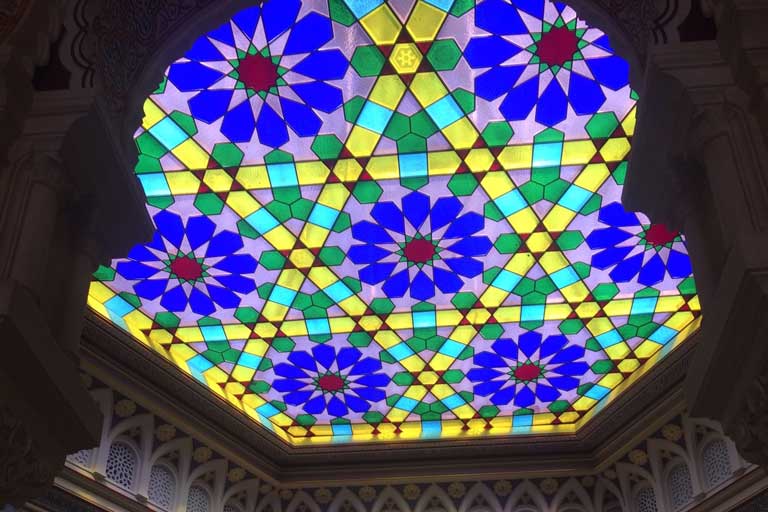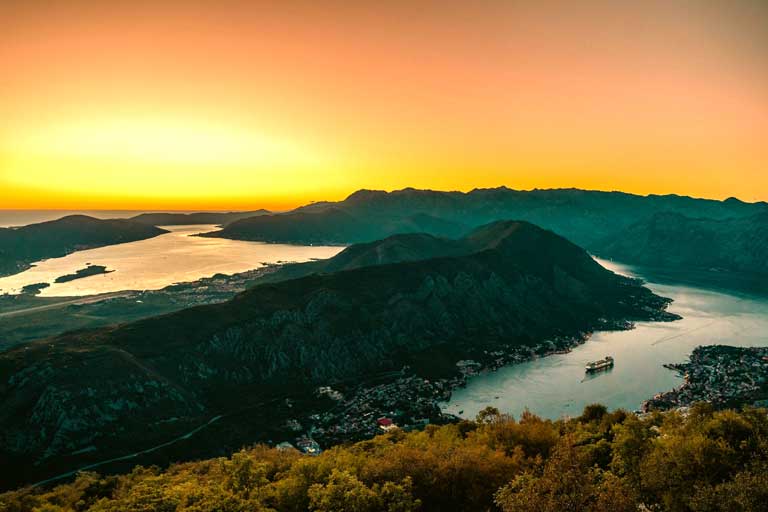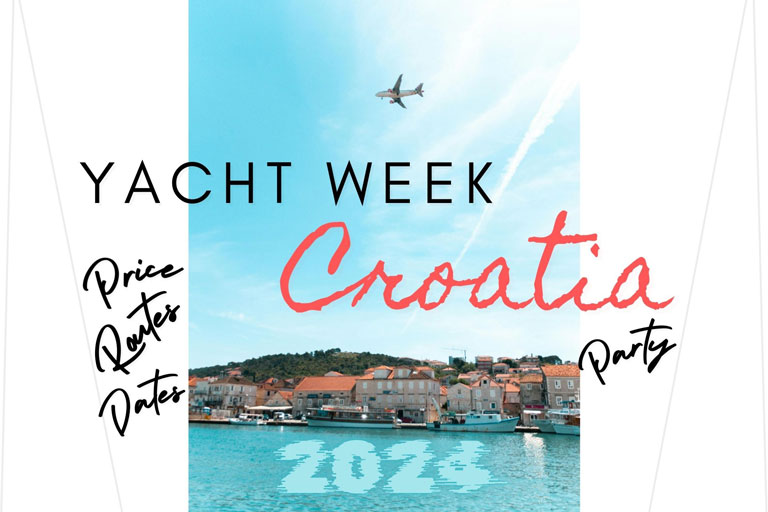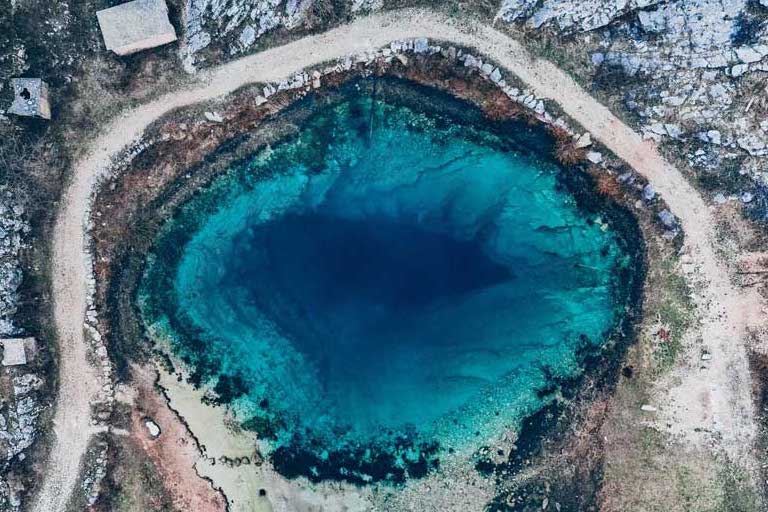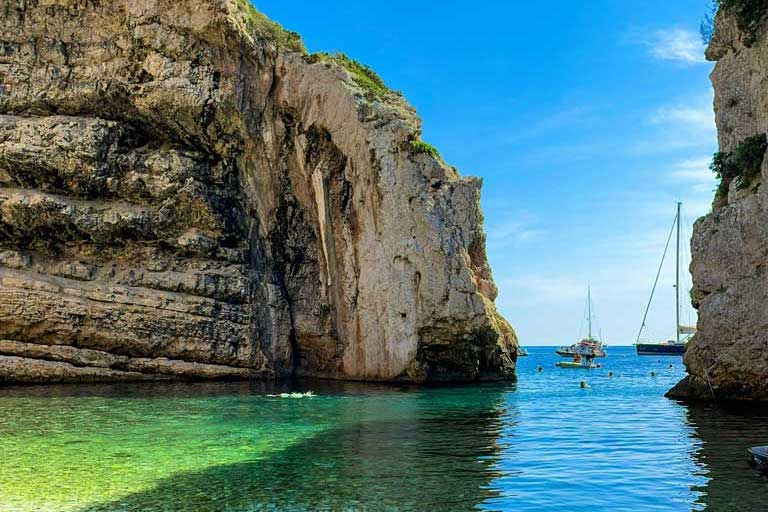Did you know Bosnia and Herzegovina hosted the first Winter Olympic Games in a communist nation? Bosnia and Herzegovina, then part of Yugoslavia, became the first communist country to host the Winter Olympic Games, in 1984.
For that reason, the first-ever Olympic Games to be held in a Slavic-speaking and communist nation, became a historic moment.
Sarajevo Olympics in Bosnia and Herzegovina
Additionally, it was the first games to occur in the Balkans since the first Olympics that occurred in Athens. More than 1,270 participants travelled from across the world to Sarajevo to partake in 29 events.
Although the event was successful, the 1992 war destroyed the Olympic facilities and the city. Did you know that during the opening ceremony, they accidentally raised the Olympic Games’ flag upside down?
Bosnia and Herzegovina: Essential Things to Know
Bosnia and Herzegovina Flag
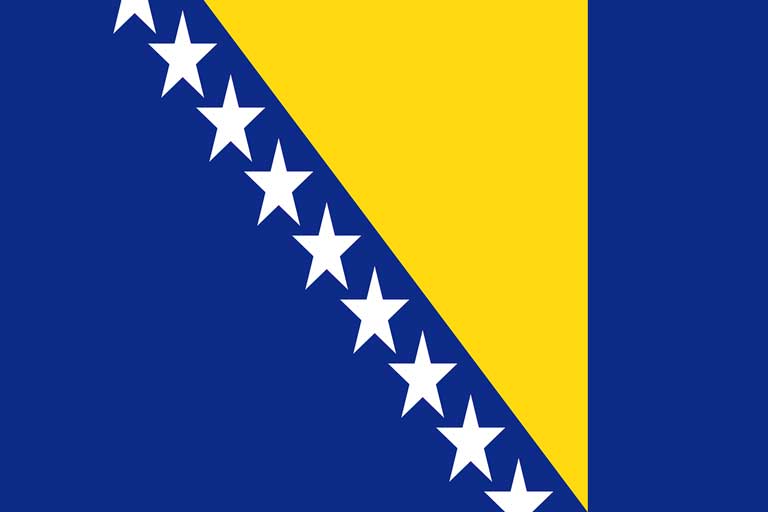
The flag consists of a medium, wide, and vertically-aligned blue band with a yellow triangle bordering it. The rest of the flag is blue with seven white stars and two partial stars at the bottom and top of the triangle.
What Each Part of the Flag Means?
The triangle’s three points represent the country’s three ethnic groups, Croats, Bosniaks, and Serbs.
The triangle denotes the approximate shape of Bosnia and Herzegovina’s territory. The stars represent Europe and are supposed to be continuous, which is what the half stars stand for.
The three colours on the flag — blue, white, and yellow — represent peace and neutrality as well as the country’s history and culture.
Bosnia and Herzegovina Map
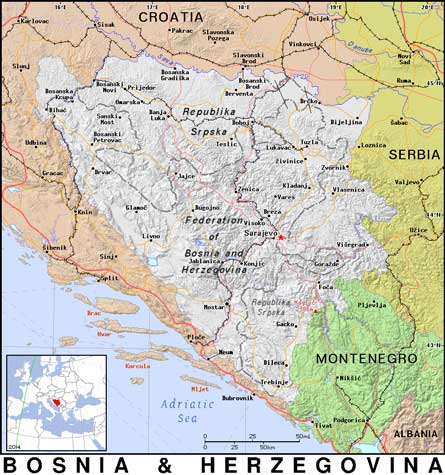
Did you know that Bosnia and Herzegovina’s map resembles a heart shape, which is how it earned its nickname – “Heart-Shaped Land?”
Where Is Bosnia and Herzegovina Located?
The country is located in Europe’s western Balkan Peninsula. Bosnia’s larger region occupies the country’s central and northern parts whereas Herzegovina occupies the country’s south and southwest parts.
What is the Country’s Abbreviation?
The country’s abbreviations are B&H and BiH.
Bosnia and Herzegovina Official Language
The country has three official languages – Bosnian, Serbian, and Croatian.
Note: Often, instead of pronouncing the country’s entire name, people simply shorten it to Bosnia.
Capital of Bosnia and Herzegovina
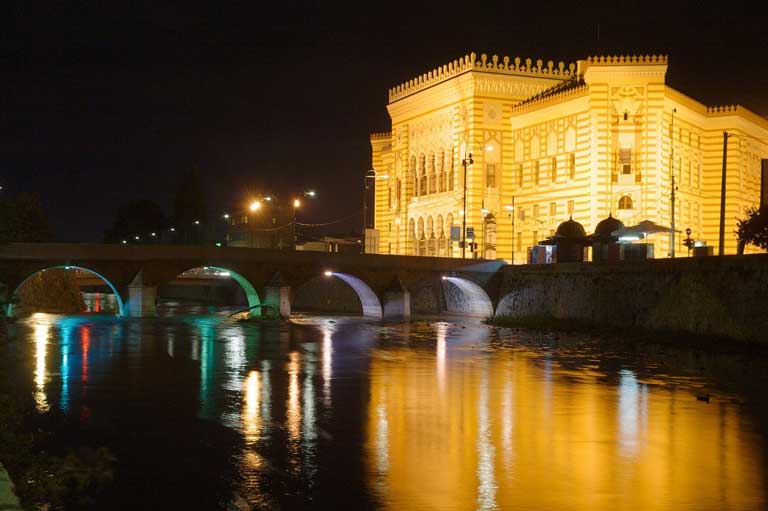
The capital is Sarajevo and it’s a vibrant and diverse city of language, religion, and culture.
Population
Bosnia and Herzegovina has a population of 3,263,459 based on the United Nations’ most recent data, as of 2021. All in all, it has been estimated the population will continue to decline.
Cities in Bosnia and Herzegovina
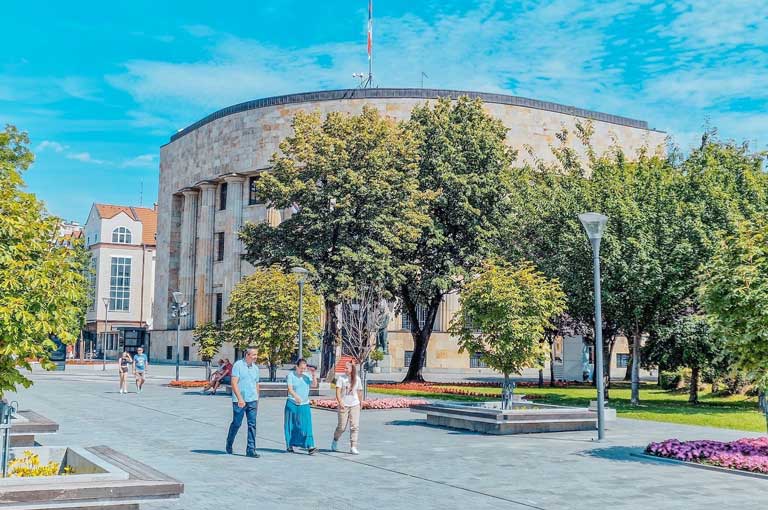
| Table of Main Cities in Bosnia and Herzegovina | |
| City | Population |
| Sarajevo | 276,000 |
| Zenica | 164,423 |
| Banja Luka | 221,106 |
| Mostar | 104,518 |
| Trebinje | 33,000 |
| Bijeljina | 37,692 |
| Bihac | 75,641 |
| Bugojno | 41,378 |
| Brcko | 39,000 |
| Tuzla | 142,486 |
Ethnic Groups
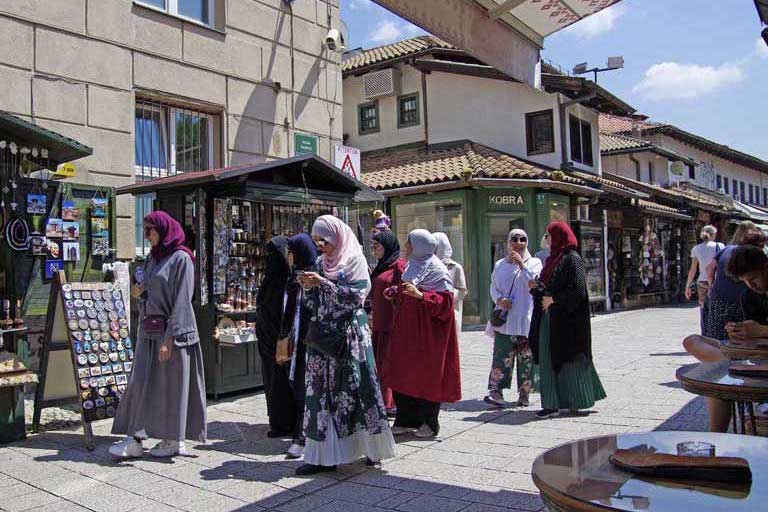
The country’s three ethnic groups include the Bosniaks (50.1%), Serbs (30.8%), and Croats (15.4%), including a small population of Roma and Jews.
Bosnia and Herzegovina People
Bosnians are known for their hospitality, friendly, and outgoing nature. Whether you’re a stranger or a friend, they will not think twice before offering help. They will offer assistance even if you don’t ask for it, as people may feel embarrassed asking for favours.
The locals live a relaxed lifestyle and live at their own pace. Instead of following a schedule, they let the day plan itself out and make spontaneous plans with friends and family. They may enjoy strolling down the walkways, meeting others at a café or bar, or socialising over coffee.
Also, most Bosnians love to take on do-to-yourself projects. The DIY approach dates back generations, reflecting the Balkans’ traditional agricultural way of life.
Bosnia and Herzegovina Religion
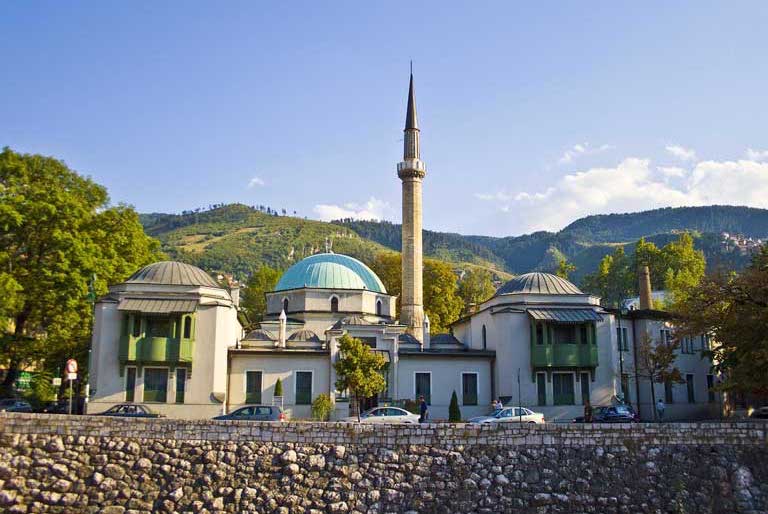
Bosnia and Herzegovina is a diverse nation. For this reason, sometimes several people, belonging to different religions, are living together under one roof. The country includes Muslims (50.7%), Orthodox Christians (30.7%), and Catholic Christians (15.2%).
Area
The country has an area of 51,129 km² or 19,741 sq mi.
Countries Near Bosnia and Herzegovina
The country neighbours Serbia, Croatia, and Montenegro. Besides, it has a narrow strip of the area along the Adriatic Sea. It is also home to several mountains with the Dinaric Alps extending along the western border.
Landscape
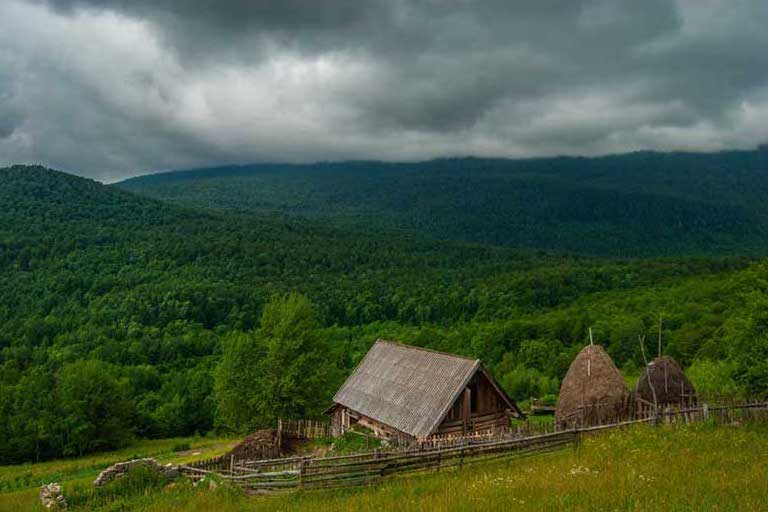
The country consists of scenic and captivating valleys and mountains, measuring about 2,386 m (7,828 ft) in height. The mountainous nation includes the Dinaric Alps with the north-eastern regions, whereas its south part borders the Adriatic Sea.
Bosnia and Herzegovina Travel
Before travelling, you should be aware of the following:
- Travel and medical insurance
- Passport validity of up to 90 days
Visa
You don’t require a visa.
Main Airports
Presently, the country’s flag carrier is FlyBosnia. However, the biggest flag carrier is the Turkish Airlines with two daily flights from Istanbul to Sarajevo. In the past, B&H Airlines (also known as AirBosnia) operated in the country up until 2015.
Here is a list of the main airports if you are looking for flights to Bosnia and Herzegovina:
- Sarajevo International Airport (SJJ)
- Mostar International Airport (OMO)
- Banja Luka International Airport (BNX)
- Tuzla International Airport (TZL)
Bosnia and Herzegovina Currency
The country’s currency is called Marka (BAM). Follow the link to convert Bosnian Mark.
Bosnia and Herzegovina Emergency
- Police – 122
- Fire – 123
- Ambulance – 124 or 611-111
Time Zone
The time zone is Central European Standard Time, meaning if London time was 1pm, in Bosnia it would be 2pm, and in NY it would be 8am.
Tel Code Bosnia
The telephone code is +387.
Is Bosnia and Herzegovina Safe?
Yes, the country is generally safe for tourists. They have a low crime rate but on public transport and pedestrian areas, keep your belongings close and watch out for pickpockets.
Climate/ Weather
The country has a continental climate, with four distinctive seasons, with snowy and cold winters and warm summers. However, the country’s southwest region experiences a Mediterranean climate.
The highest average temperature is 25C in August and its lowest average temperature is 2C during winter in January. Click the link for more information on the best time to visit Bosnia and Herzegovina.
Bosnia and Herzegovina Traditions
Here is some Bosnian traditions worth mentioning:
Cuisine

The country takes pride in its food, and in addition, people love having meaningful conversations over a nice meal. The country’s cuisine combines the tastes of Bosnia and Turkey to give you delicious food. The locals, particularly, love cevapi – it’s their national dish.
They also enjoy eating stuffed vegetables, baklava, rolls with seasoned meat, and grilled beef and lamb in a bread pocket. The locally grown plums are used to make jam, as well as a popular brandy.
Can You Drink Alcohol in Bosnia and Herzegovina?
Yes, you can drink alcohol in BiH.
What is the National Drink of Bosnia?
Bosnia’s national drink is “rakija,” which is a homemade brandy made using plums and sometimes, made using pears and apples, also known as slivovitz.
Public Holidays
- May Day – May 1st
- New Year’s Day – Jan 1st
- Independence Day – Mar 1st
- Dayton Agreement Day – Nov 21st
- Victory Day – May 9th
- National Statehood Day – Nov 25th
- Republika Srpska National Day* – Jan 9th
* Although the Constitutional Court declared the holiday as unconstitutional and discriminatory, Republika Srpska citizens still celebrate it.
Bosnia and Herzegovina Facts
Here’s a list of facts about the country:
History
The country’s history dates back to the 1st and 2nd centuries B.C. during the Roman invasion.
In the 6th century, Bosnia joined the Byzantine Empire. Herzegovina, which was established in 1448, joined Bosnia during Turkish rule in the same century.
Later on, the Russian and Turkish War in 1877, led to Bosnia and Herzegovina being ruled by Austria-Hungary.
After WWI, Austria-Hungary collapsed and Serbia took over Bosnia and Herzegovina.
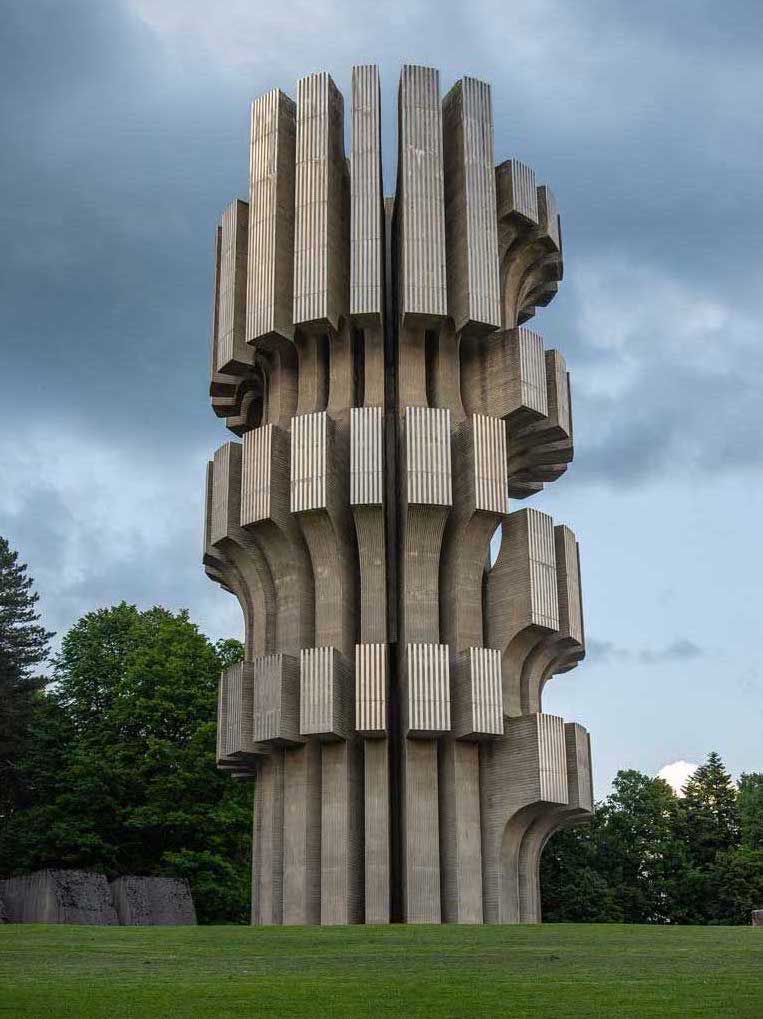
It was during WWII, when the country became part of Hitler-occupied Croatia and went on to become a member state of Yugoslavia.
Croats and Bosniaks sought independence from both Serbia and Yugoslavia and got their freedom in 1991.
However, local Serbs and Serbian troops didn’t recognise it and went to war with the Bosniaks. Because the conflict went on for many years, it resulted in 2 million people fleeing from their homes.
Finally, in 1995, the Dayton Agreement was signed to end the war.
This has led to the creation of two independent states — the Serb Republic of Bosnia Herzegovina and the Federation of Bosnia and Herzegovina.
A Very Special Sports Achievement for the Country
The locals enjoy football or soccer. They have several professional and semi-professional teams. Bosnia and Herzegovina national football team played in their first major tournament at the 2014 FIFA World Cup. What’s more, the country won the gold medals in men’s volleyball at the 2004 and 2012 Summer Paralympics.
Frequently Asked Questions:
Why Do Bosnia and Herzegovina Have Two Names?
When Austria-Hungary liberated these two regions from the Ottomans, they didn’t return them to their homelands — Croatia and Serbia. Instead, they joined them together as an Austrian territory to weaken the Southern Slavs under the Austrian regime.
Is it in the EU?
No, it’s not part of the European Union (EU). On Feb 15, 2016, they applied to be a part of the EU but their application has yet to be approved.
Are There Any UNESCO Heritage Sites?
Yes, there are, here are a couple of them:
- The Mehmed Pasa Sokolovic Bridge
- Mostar Old Bridge
- The Stecci Medieval Tombstones Graveyards
Want to read more about them? Go to “Facts about Bosnia and Herzegovina” to learn more!
Keeping with the theme, let’s end with an interesting fact:
Have You Heard of Europe’s Jungle Perucica?
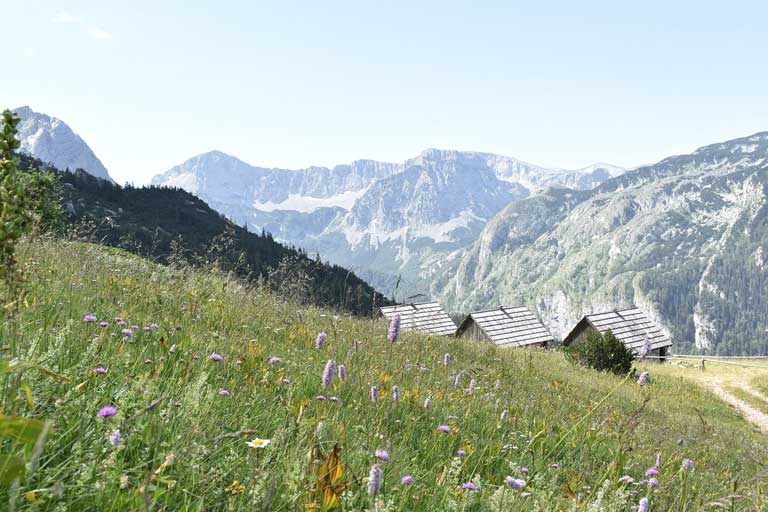
Perucica, one of Europe’s last standing primeval forests, is situated in Republika Srpska in Bosnia and Herzegovina. We bet you never thought you would find a jungle in Europe. Indeed, there is such, and it’s one of the only two jungles in Europe!
Perucica forest is located near Montenegro’s border and is part of the Sutjeska National Park of Bosnia and Herzegovina. In Perucica, you’ll find 300-year-old trees!
The undisturbed and untouched forest dates back to around 20,000 years.
If you like outdoor adventures, visit this part of the country, although you should know, the forest can only be explored in the company of rangers.
You’ll encounter Bosnia and Herzegovina’s highest mountain peak called Maglic. At Maglic, you’ll be greeted by a gorgeous backdrop and exotic nature on your hike.

